- Parameters Of Color Coated Aluminum Foil
- Composition and Manufacturing Process
- Color Coated Aluminum Foil Applications
- 8011 Coated Aluminum Foil for Heat Sealing Lid
- Common Problems Encountered when using Color-coated Aluminum Foil
- People also Asks about Color Coated Aluminum Foil
In the realm of packaging and decorative applications, color coated aluminum foil has emerged as a versatile and aesthetically pleasing material. This innovative product combines the inherent properties of aluminum with an array of vibrant colors, opening up new possibilities for creative and functional uses. From food packaging to interior design, color coated aluminum foil is making its mark in various industries.
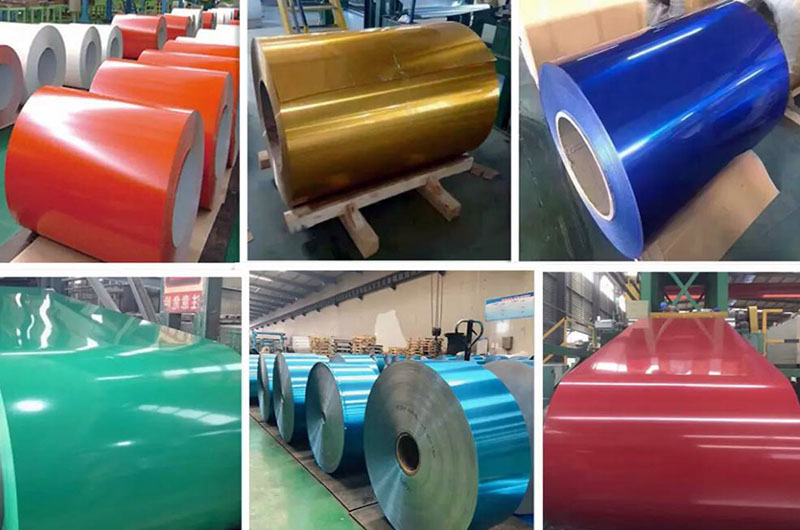
Parameters Of Color Coated Aluminum Foil
| Parameter | Specification |
|---|---|
| Alloy Type | 1100, 1050, 3003, 3105, 8011 |
| Coating Material | Polyester, Polyurethane, Epoxy, Acrylic |
| Coating Thickness | Customizable (e.g., 2-5 microns) |
| Coating surface | single side, double side |
| Color and Finish | Wide Range (e.g., Red, Blue, Matte, Metallic) |
| Width (mm) | Customizable (e.g., 200 - 1500 mm) |
| Length (m) | Customizable (e.g., 1000 - 3000 m) |
| Thickness of Aluminum Foil | Customizable (e.g., 0.015mm - 0.2mm) |
| Adhesion Quality | High Adhesion Strength |
| Flexibility and Formability | Tailored for specific applications |
| Resistance Properties | Corrosion, UV, Moisture Resistance |
| Packaging and Labeling | Standard Packaging, Proper Labeling |
Composition and Manufacturing Process
Color coated aluminum foil is typically made from high-quality aluminum alloy sheets. The coating process involves the application of a special paint or coating material on the surface of the aluminum. This coating not only adds color but also enhances the foil's resistance to corrosion, weathering, and UV radiation.
The manufacturing process of color coated aluminum foil is precise and involves multiple stages.
The aluminum sheets undergo cleaning, pre-treatment, coating, drying, and curing processes. The choice of coating material can vary, including polyester, polyurethane, epoxy, and acrylic, depending on the intended application and performance requirements.
Color Coated Aluminum Foil Applications
3003 8011 Coated Aluminum Foil for Containers
3003 8011 color-coated aluminum foil is used to make food containers. The coating provides resistance to moisture and other environmental factors.
- Temper: H22 or H24
- Thickness: 0.03-0.20mm
- Coating: Food-grade, typically one-sided
- Application: Ideal for food packaging containers due to its formability, heat resistance, and food-safe coating.
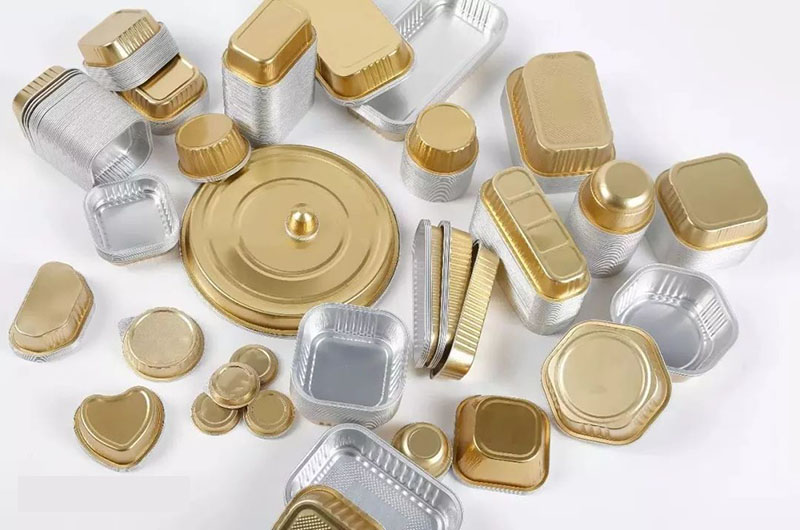
8011 Coated Aluminum Foil for Heat Sealing Lid
This product is designed to utilize heat to seal containers and the coating enhances heat sealing performance
- Temper: H14 or H16
- Thickness: 0.020-0.038mm
- Coating: Heat-sealing lacquer, usually on one side
- Application: Commonly used for sealing plastic containers in the food industry, ensuring freshness and preventing leakage.
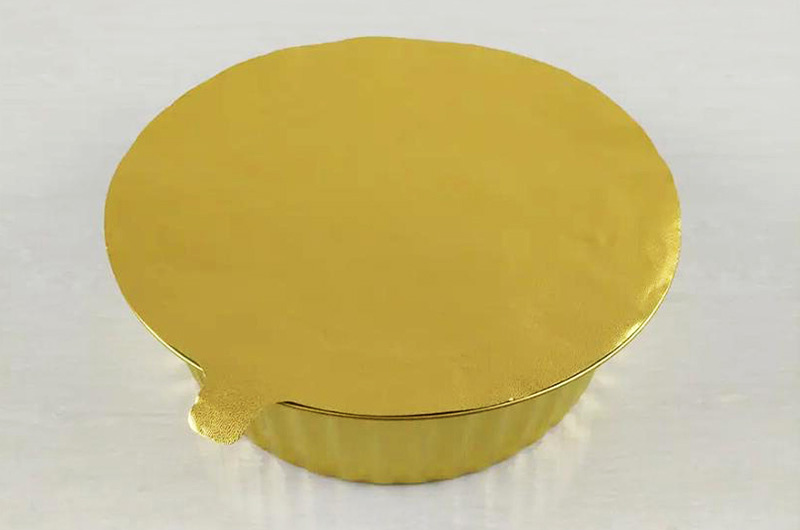
3003 Color Coated Aluminum Foil for Roofing
3003 color-coated aluminum foil is used in roofing applications and is both functional and decorative. 3003 color coating enhances durability and aesthetics.
- Temper: H24
- Thickness: 0.025-0.10mm
- Coating: PE or PVDF
- Application: Provides a durable and aesthetically pleasing roofing solution, enhancing weather resistance and UV protection.
8011 Coated Aluminum Foil for Bottle Neck
8011 color-coated aluminum foil is used to seal bottlenecks and provide a barrier to contaminants.
- Temper: H14
- Thickness: 0.020-0.050mm
- Coating: Heat-sealing lacquer, typically one-sided
- Application: Used for sealing the necks of bottles, ensuring product integrity and preventing tampering.
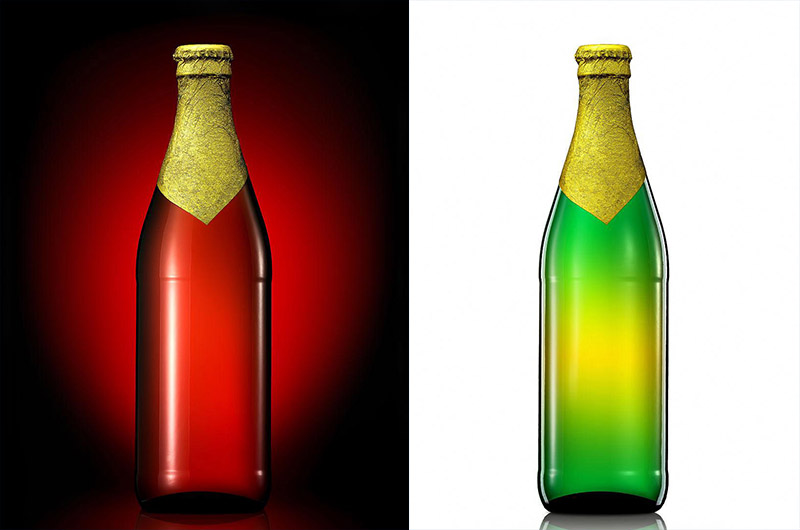
8011 Coated Aluminum Foil for Pharmaceutical Packaging
8011 color-coated aluminum foil is used for pharmaceutical packaging to form a moisture-proof, light-proof and gas-proof barrier.
- Temper: H18
- Thickness: 0.020-0.040mm
- Coating: Primer/Alu Heat Seal lacquer
- Application: Widely employed in pharmaceutical packaging to protect and preserve the integrity of medications.
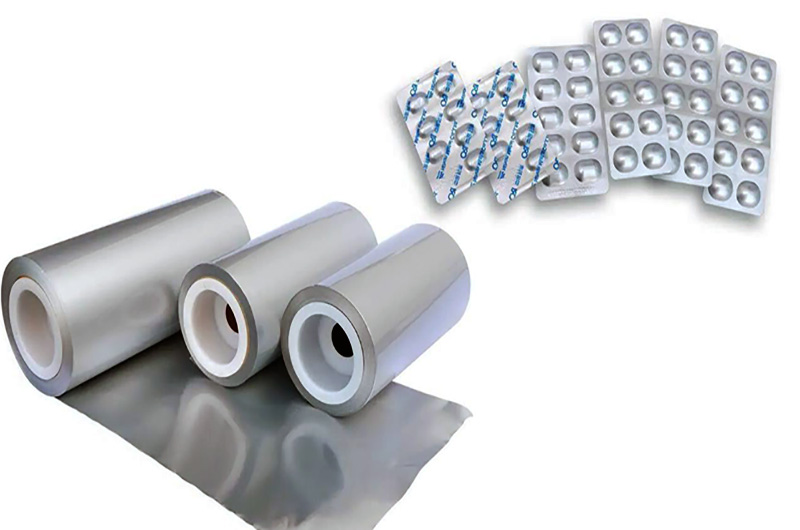
Coated Aluminum Foil for Bottle Cap
Alloy: 8011
- Temper: H16 or H18
- Thickness: 0.015-0.035mm
- Coating: Heat-sealing lacquer, typically one-sided
- Application: Commonly used for sealing and preserving beverages in bottle caps.
3003 Coated Aluminum Foil for Decoration
3003 color coated aluminum foil is used in the furniture industry for decorative purposes and is available in a variety of colors and finishes.
- Temper: H24
- Thickness: 0.018-0.10mm
- Coating: PE or PVDF
- Application: Used for decorative purposes in furniture, providing a lightweight and durable solution.
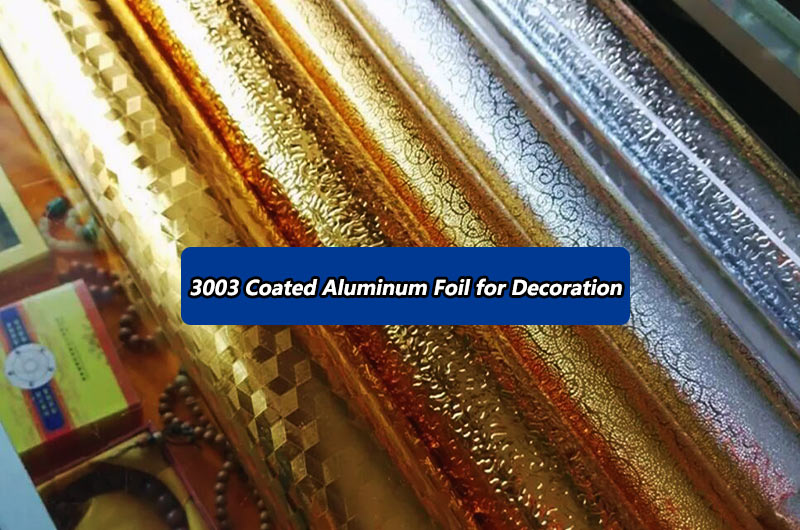
Hydrophilic Color Coated Aluminum Foil
Alloy: 1100, 1200, 3102, 8011
- Temper: H22 or H24
- Thickness: 0.08-0.2mm
- Coating: Hydrophilic coating on both sides
- Application: Mainly used in air conditioners, refrigerators, and heat exchangers for its enhanced heat exchange efficiency.
Fin Color Coated Aluminum Foil
Alloy: 1100, 1200, 3102, 8011
- Temper: H22 or H24
- Thickness: 0.08-0.2mm
- Coating: Epoxy or hydrophobic coating on one side
- Application: Applied to air conditioner fins for improved corrosion resistance and heat exchange efficiency.
Each type of coated aluminum foil has specific properties suitable for its intended application. Coatings may include materials such as polymers, varnishes, or other substances that provide desired properties, such as heat resistance, moisture resistance, or a decorative finish.
One of the key advantages of color coated aluminum foil is its high level of customization. Manufacturers can tailor the thickness, color, and finish to meet the specific requirements of their customers. This flexibility enables businesses to create unique and eye-catching packaging or design elements that align with their brand identity.
Moreover, aluminum is a highly recyclable material, contributing to the environmental sustainability of products made with color coated aluminum foil. The recycling process of aluminum requires significantly less energy compared to the production of primary aluminum, making it an eco-friendly choice for those concerned about reducing their carbon footprint.
Common Problems Encountered when using Color-coated Aluminum Foil
When using color-coated aluminum foil, several common problems may be encountered. Addressing these issues proactively can help improve the overall performance and satisfaction with the product. Here are some common problems:
1. Color Fading
Issue: Over time, the color on the foil may fade due to exposure to light, heat, or other environmental factors.
Solution: Store colored foil in a cool, dark place, away from direct sunlight. Choose foils with high-quality colorants that resist fading.
2. Adhesion Problems
Issue: The color coating may not adhere properly to the aluminum surface, leading to peeling or flaking.
Solution: Ensure that the foil is properly cleaned and prepared before the coating process. Use high-quality coatings and proper application techniques.
3. Scratching or Abrasion
Issue: The color coating may be prone to scratching or abrasion during handling or transportation.
Solution: Handle the foil with care, and consider using protective packaging. Opt for color-coated foils with enhanced durability or protective coatings.
4. Uneven Color Distribution
Issue: Inconsistencies in the application process may result in uneven color distribution on the foil.
Solution: Implement quality control measures during the manufacturing process to ensure even color application. Regularly inspect and maintain coating equipment.
5. Heat Resistance Issues
Issue: Some color-coated foils may not withstand high temperatures, leading to discoloration or degradation during cooking or baking.
Solution: Choose color-coated foils specifically designed for heat resistance. Clearly communicate the recommended temperature range for use.
6. Poor Print Quality (if applicable)
Issue: If the color-coated foil includes printing, poor print quality may affect the appearance and readability.
Solution: Use high-resolution printing methods, ensure proper ink adhesion, and regularly maintain printing equipment.
7. Compatibility with Food
Issue: Certain color coatings may not be suitable for direct contact with certain types of food.
Solution: Verify that the color-coated foil is food-safe and complies with relevant regulations. Consider using additional liners for specific food items if necessary.
8. Environmental Impact
Issue: Some color coatings may have environmental concerns, such as reduced recyclability.
Solution: Choose color-coated foils with environmentally friendly coatings or those that are easily recyclable. Clearly communicate disposal instructions to end-users.
9. Cost Considerations
Issue: Color-coated aluminum foil may be more expensive than plain foil, affecting overall production costs.
Solution: Evaluate the cost-benefit analysis for your specific application. Consider the added value of color-coated foil in terms of aesthetics, branding, and product differentiation.
10. Storage and Handling Precautions
Issue: Improper storage or handling may lead to dents, creases, or other physical damage to the colored foil.
Solution: Provide guidelines for proper storage and handling. Consider protective packaging or additional measures during transportation.
Regular quality control, proper handling, and selecting high-quality color-coated aluminum foil can help mitigate these common problems and ensure a positive user experience.
People also Asks about Color Coated Aluminum Foil
- How do you add color to aluminum foil?
- What is the coating on aluminum foil?
- Is it safe to use discolored aluminum foil?
Color coated aluminum foil represents a fusion of aesthetics and functionality, making it a sought-after material in various industries. Its applications in packaging, interior design, and decorative uses showcase its versatility and adaptability.
As technology continues to advance, color coated aluminum foil is likely to evolve further, offering even more innovative solutions for diverse industries.
With its vibrant colors and practical attributes, color coated aluminum foil is set to play a significant role in shaping the future of packaging and design.
